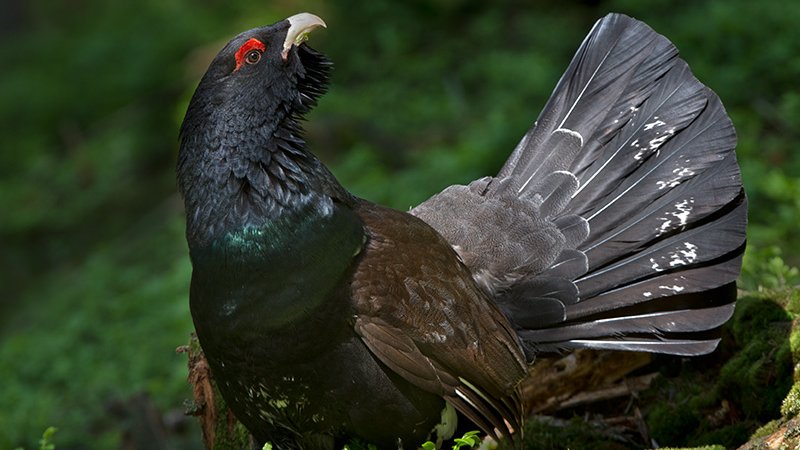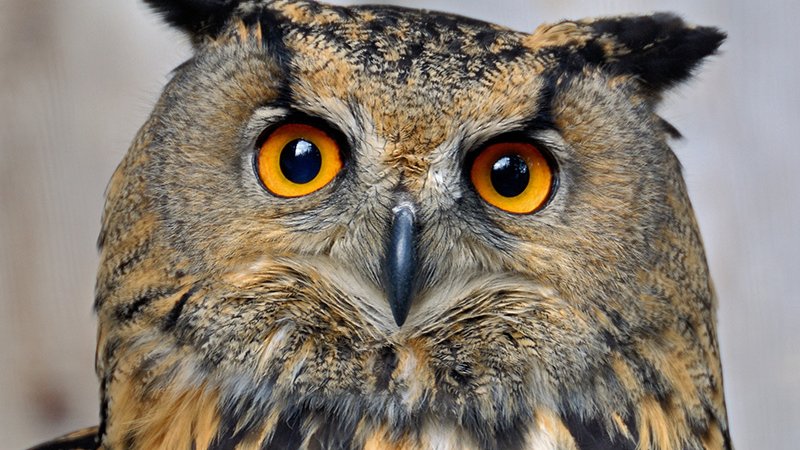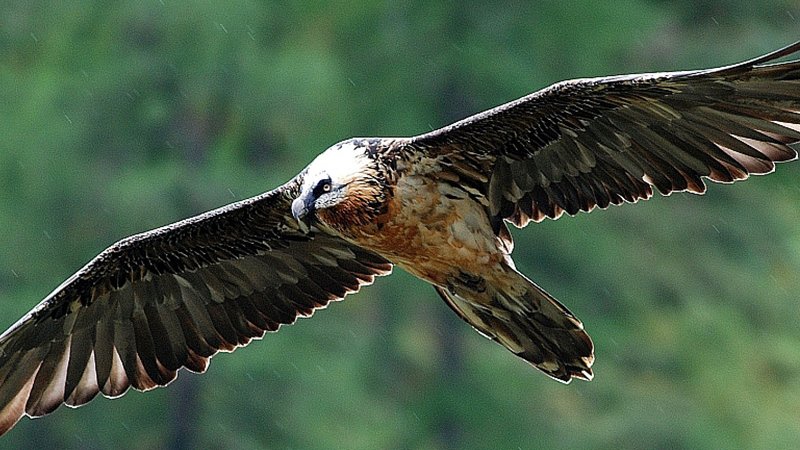Birds are easy to observe during hikes due to their diurnal activity and their songs.
If you are lucky, you will be able to catch a glimpse of the king of the air, the golden eagle (Aquila chrysaetos). Another rarity, the bearded vulture (Gypaetus barbatus) sometimes pays a visit from the Stilfserjoch National Park. The snow finch (Montifringilla n. nivalis) remains as the only sedentary bird high above the tree line in winter. It finds food on the terrain edges where wind has blown off the snow. The finch breeds in rocky alcoves and feeds insects to its young. The spotted nutcracker (Nucifraga c. caryocatactes) is the most remarkable bird found at the tree line. Hiding up to 100,000 nuts (of the Swiss stone pine) during fall, it is able to find them even when they are covered under 40 cm of snow. The nuts it leaves behind sprout in the spring, and it therefore contributes to the rejuvenation and dispersal of the Swiss stone pine and even helps prevent avalanches (natural forest protection). The white-throated dipper (Cinculus cinclus) is the only songbird completely adapted to the aquatic environment. It has a round, compact body, bones filled with marrow, nostrils that seal off and feathers impregnated with an oily layer enabling it to dive up to 2 m down to the bottom of creeks and rivers. They dive up to 1,600 times per day. Although they seem to be rather tipsy in flight and hover a bit clumsily above the water’s surface, these birds are ideally suited to their wet environment. The mountain forest offers protection for several rare birds, like the capercaillie (Tetrao urogallus) or the eagle owl (Bubo bubo).

Spotted nutcracker

Golden Eagle

Snow finch












